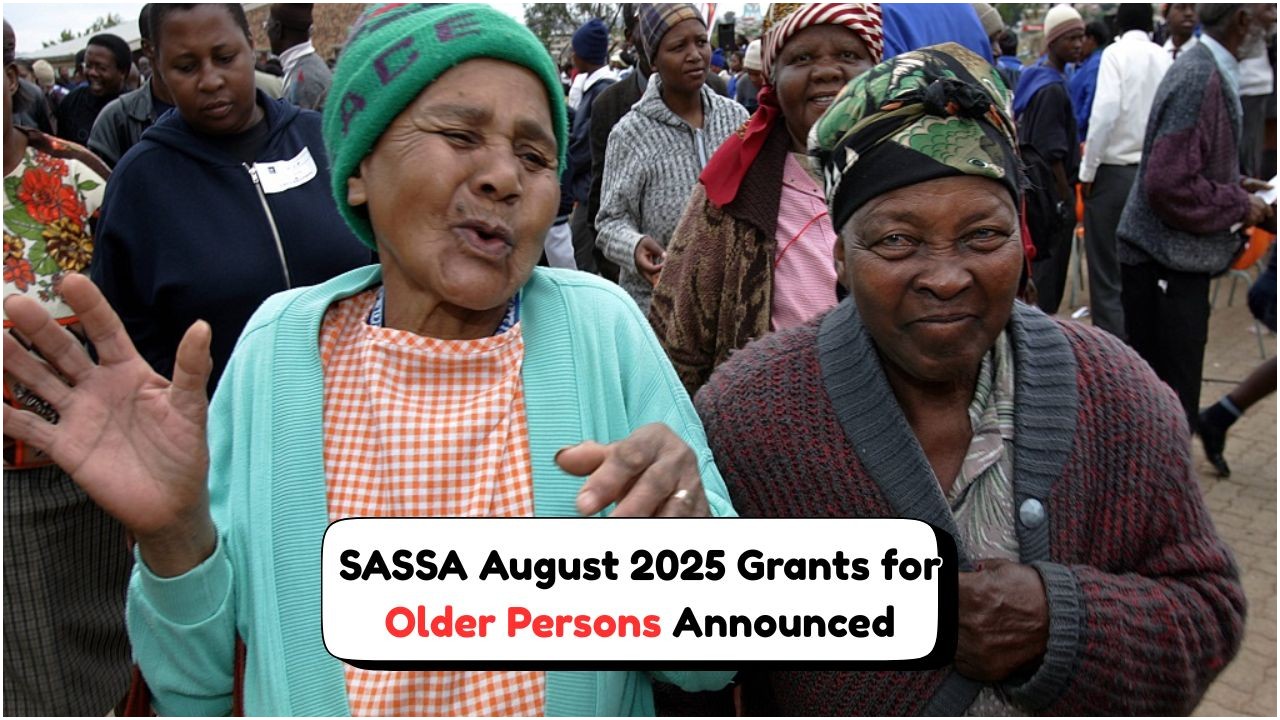Stage 4 Load Shedding Strikes: The announcement of Stage 4 load shedding has sent ripples across South Africa, affecting millions as the nation braces for significant power cuts through August. Eskom, the national power utility, has rolled out a comprehensive strategy to manage this energy crisis, impacting multiple regions. As residents and businesses prepare for the intermittent power supply, understanding the intricacies of this plan becomes imperative. Load shedding, a measure implemented to prevent the collapse of the national grid, is now a well-known term among South Africans. However, its recurrence highlights ongoing challenges within the energy sector, prompting urgent calls for sustainable solutions. While this stage of load shedding is not new, its frequency and potential disruptions bring fresh concerns about economic and social impacts during the winter months.
Understanding Stage 4 Load Shedding and Its Impact
Stage 4 load shedding involves scheduled power cuts, lasting up to four hours per session, typically implemented up to three times a day. This stage is activated when the electricity demand exceeds available supply by approximately 4,000 megawatts. For South Africans, this means a significant portion of daily activities, from cooking to business operations, could be disrupted. The economic impact is substantial, with productivity losses in various sectors, notably manufacturing and retail, where electricity is vital. Small businesses, often without the resources to invest in alternative energy solutions, are particularly vulnerable. Moreover, residents face challenges in maintaining household routines, as daily chores like laundry and cooking are interrupted. This disruption also impacts education, with students relying on digital platforms for learning facing connectivity issues. As the nation navigates these power cuts, the call for efficient planning and adaptation becomes crucial. Communities are urged to stay informed through Eskom’s schedules and updates, and to adopt energy-saving practices to mitigate the impact.
August Power Cut Strategy Unveiled: Key Measures and Expectations
Eskom’s strategy for managing the August power cuts involves a multi-faceted approach, including infrastructure maintenance, demand management, and stakeholder engagement. At the core of this plan is the maintenance of power plants to ensure optimal performance and reliability. Scheduled maintenance during the winter months is critical, as higher energy consumption strains the grid. Furthermore, Eskom is working closely with municipalities to communicate load shedding schedules effectively, minimizing unexpected disruptions. Demand management initiatives encourage consumers to reduce electricity usage during peak hours. This is achieved through public awareness campaigns emphasizing energy-saving tips and responsible consumption. Another aspect of the strategy is leveraging alternative energy sources, such as solar power, to supplement grid supply in some regions. While these measures are steps towards stability, challenges remain, particularly in areas with aging infrastructure and limited resources. The strategy also calls for collaboration between government, businesses, and communities to explore long-term energy solutions and investments in renewable energy projects.
Effects on Multiple Regions: Regional Variations and Challenges
The impact of Stage 4 load shedding varies across South Africa’s regions, influenced by factors such as infrastructure quality, economic activity, and population density. Urban areas like Johannesburg and Cape Town, with higher energy demands, experience more frequent and intense power cuts compared to rural regions. These cities, hubs of economic activity, face greater risks of financial losses and service disruptions, affecting industries and essential services. In contrast, rural communities often grapple with longer recovery times due to limited resources and infrastructure challenges. This disparity underscores the need for tailored approaches to load shedding management, addressing specific regional needs. Moreover, regional differences in energy infrastructure, such as the availability of backup generators and alternative energy solutions, influence resilience levels. Local governments play a crucial role in coordinating efforts to mitigate the impact, providing support and resources to vulnerable communities. As Eskom implements its strategy, understanding and addressing these regional challenges is vital for effective load shedding management.
 Brace Yourself: 12% Electricity Bill Hike Confirmed for 2026 – Discover 5 Proven Ways to Cut Costs!
Brace Yourself: 12% Electricity Bill Hike Confirmed for 2026 – Discover 5 Proven Ways to Cut Costs!
Adaptive Strategies for Residents and Businesses Amid Load Shedding
Adapting to Stage 4 load shedding requires proactive measures from both residents and businesses. Households can minimize disruptions by investing in backup power solutions like generators, inverters, or solar panels. Energy-efficient appliances and LED lighting reduce electricity consumption, while smart scheduling of high-energy tasks during non-load shedding hours optimizes resource use. Additionally, creating a load shedding schedule and staying updated through Eskom’s notifications helps manage daily activities effectively. For businesses, contingency planning is crucial. Investing in uninterrupted power supply (UPS) systems ensures continuity during outages, safeguarding critical operations. Companies are encouraged to adopt flexible work arrangements, allowing employees to work remotely during power cuts. Moreover, businesses can collaborate with local authorities to explore alternative energy projects, enhancing resilience against future load shedding. Community initiatives, such as shared resources and support networks, foster collective problem-solving and resource sharing. By implementing these adaptive strategies, South Africans can navigate the challenges of load shedding, mitigating its impact on daily life and economic activities.
How is the August power cut strategy addressing stage 4 load shedding?
 Unlock Your R370 SRD Grant: Essential Steps to Approval Before August 20, According to SASSA
Unlock Your R370 SRD Grant: Essential Steps to Approval Before August 20, According to SASSA
By implementing targeted power cuts in multiple regions to manage electricity demand.







